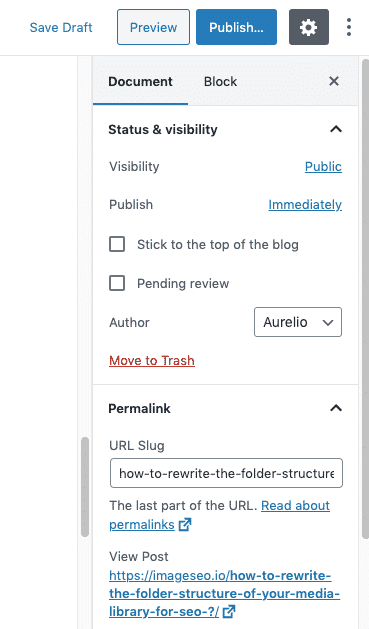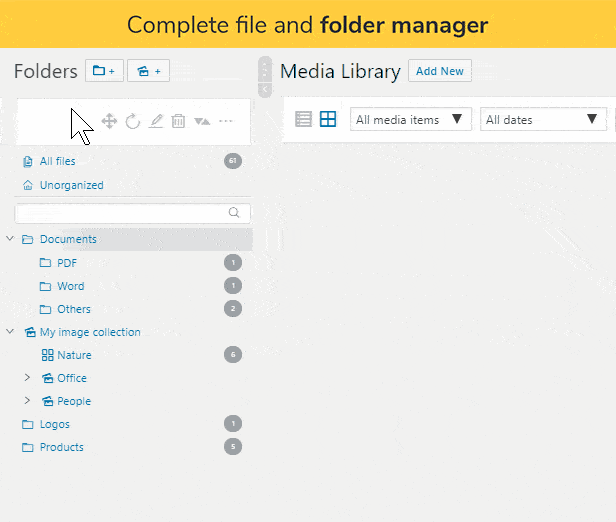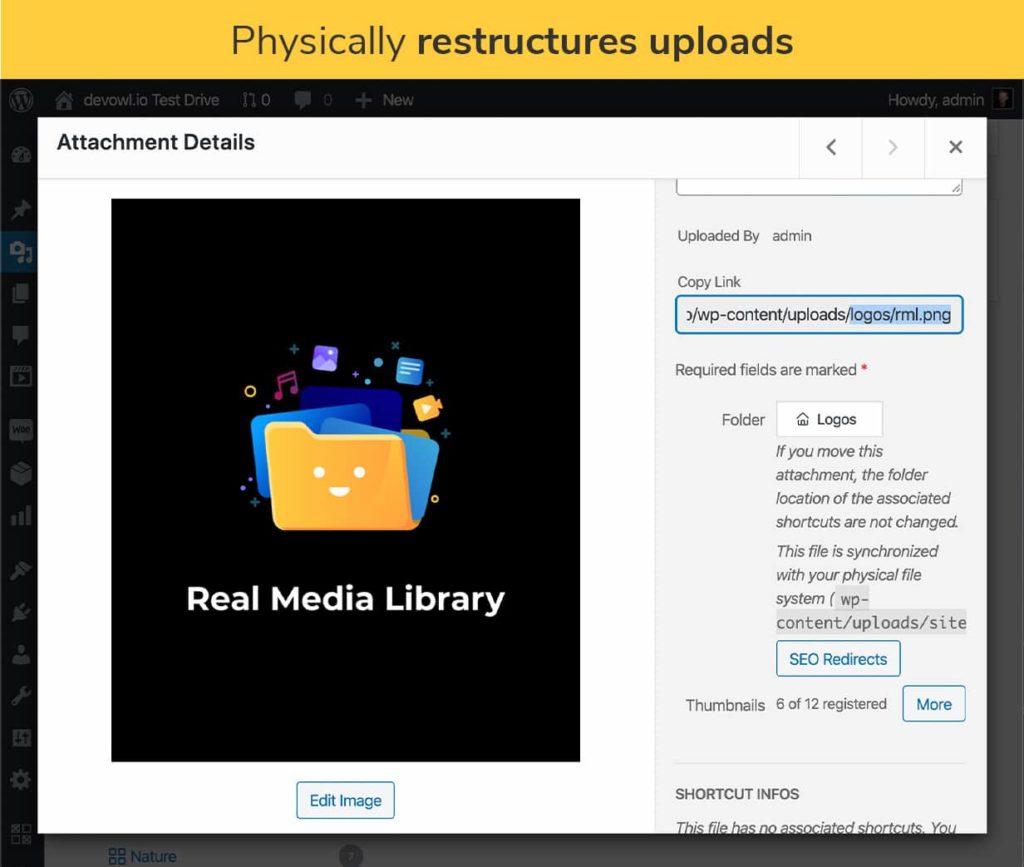Overly complex URLs, especially those containing multiple parameters, can cause a problem for crawlers by creating unnecessarily high numbers of URLs that point to identical or similar content on your site. As a result, Googlebot may consume much more bandwidth than necessary, or may be unable to completely index all the content on your site.
Google Guideline
Google is crystal clear: URL structures influence the ranking of pages and images. In this article I will explain how you can optimize the folder structure in WordPress for SEO. Let’s dive in!
A URL is an abbreviation for “Uniform Resource Locator“. It is the address of a resource on the Internet. Every page or image has its own URL.
Web browsers (like Mozilla Firefox or Google Chrome) use URLs to access web pages and resources on the Internet. You enter an address and go to a web resource. URLs replace IP addresses.
They are the addition of a protocol, a domain name, and a path. Paths can be long, contain folders, subfolders, and so on.
protocol://mywebsite.extension/folder/subfolder
I say that in every single article: SEO is the science of helping search engines easily understand what your site is all about.
URLs are the first things that search engines robots see, and they get indexed by the robots of the search engines. They should be short but descriptive: like alternative texts.
URLs should not contain useless words or subfolders. Try to be consistent with the keywords of your pages and provide relevant information to the crawlers.
It’s not about the length of the URLs, it’s about the relevance of the URLs, I would say.
https://imageseo.io/images-seo-optimization/ => Short, but clear and easy to crawl.
https://imageseo.io/blog/2019/tips/images-seo-optimization/ => Long with irrelevant information and complex to crawl.
Got it?
Well-written URLs offer both people and search engines an easy way to understand what the target page will be about. You must describe the page in the URL as many times as possible.
A study conducted by Moz has also proven that URLs with optimized structures are more likely to be shared and clicked on social media.
Now let’s see how you can optimize the URL structure directly in WordPress.
Broken links are SO bad for SEO. Period.
Broken links are SO bad for SEO. They are links that don’t work: the website may be unavailable, a page has been moved without redirection, the URL structure has been changed, etc.
Broken links are really unpleasant and bad for SEO. Have you ever experienced a broken link to a page you really wanted to visit? This is so annoying. Google robots feel exactly the same.
Improving your URL structure could significantly reduce the number of broken links. If you want to know how to implement URL rewriting and 301 redirects correctly, take a look at this excellent article from Moz.
If you want to know how to properly implement URL rewriting and 301 redirections, have a look at this excellent article from Moz.
To optimize WordPress content creation process, you can use CatFolders – WP Media Folders. It is recommended for those blogs with multiple authors and multi-vendor marketplace websites with many vendors.
It helps WordPress users create folders in the media library and search for WordPress attachments much faster.
For instance, an individual vendor can create their own way of categorizing product images and galleries.
As an admin user, you have the ability to control the folder access permissions. In case you want to grant access to the WooCommerce shop managers, they will be able to add, view, and edit folders accordingly.
This WordPress media folders plugin will help you improve your website’s SEO by performing these actions:
In WordPress, optimizing the URL structure of your pages and articles is a breeze. All you have to do is click on the right column and edit the permalink. Before you publish your articles and pages online, you need to edit your URL slug.

Even though editing the URL structure of pages and articles is easy, it’s a completely different game for the media uploads in WordPress. And yet this is so important because for many websites more than 20% of the traffic coming from Google is actually coming from Google Image!
Once you are dealing with a huge amount of images, you need a media management plugin. My favorite media management plugin is WordPress Real Media Library.
It helps you with media management: You can organize thousands of uploaded files in folders, collections and galleries. The plugin is available at codecanyon.net for 39$ and helps you to organize everything.

As soon you use Real Media Library to organize e.g. images into folders, you can install the add-on Real Physical Media. The plugin mirrors the folder structure created with Real Media Library in your file system (see picture above).

This will have a positive effect on both the image SEO and the user experience, as the URL of all your media uploads will be SEO optimized (folder structure as URL part make the URL more descriptive).
Make sure you keep things organized and do not neglect media management. This is important – for SEO and for yourself!